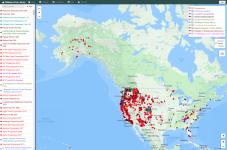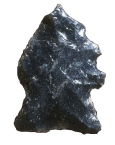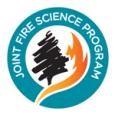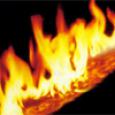The Wildland Fire Library (firelibrary.org) is a collection of long-term assessments, fire progressions, fire behavior reports, and other documents and resources to support fire modeling and assessment of long-duration fires. Each file is tied to some event with a location, a start date, and background information. This site is operated by Rick Stratton and Jim Edmonds of the USFS National Office.
Definition: A simplified or generalized representation of reality; a description, analogy, picture, or hypothesis to help visualize something that cannot be directly observed.
(National Wildfire Coordinating Group)
Highlighted Content










